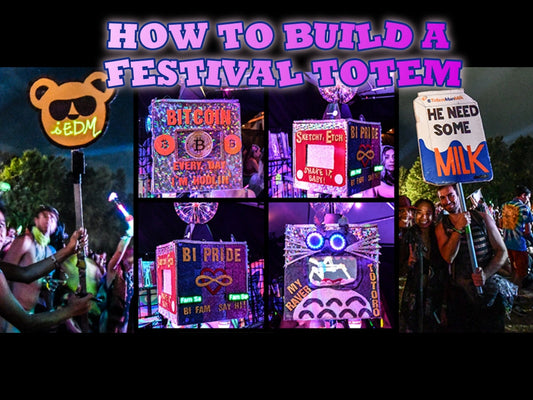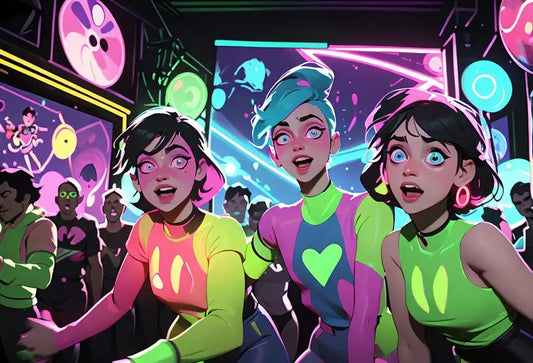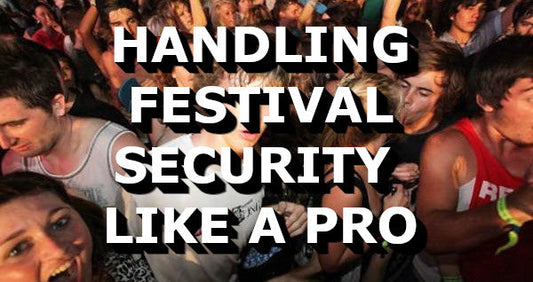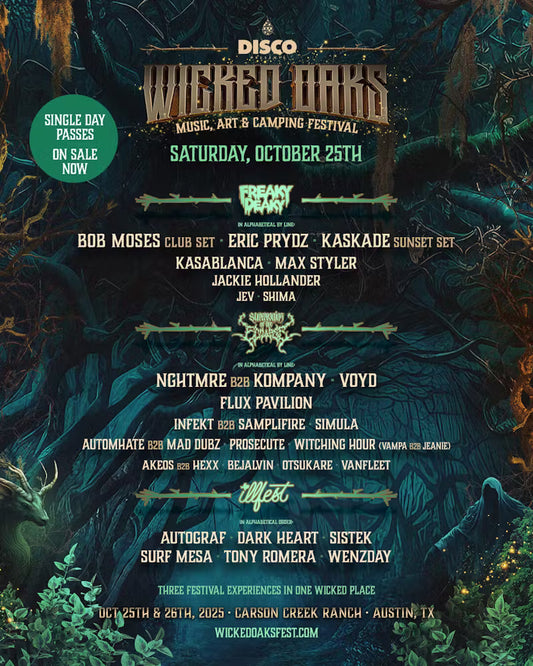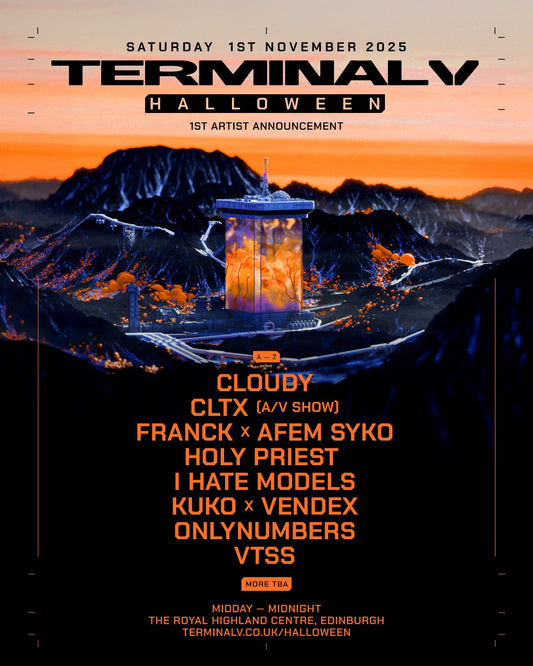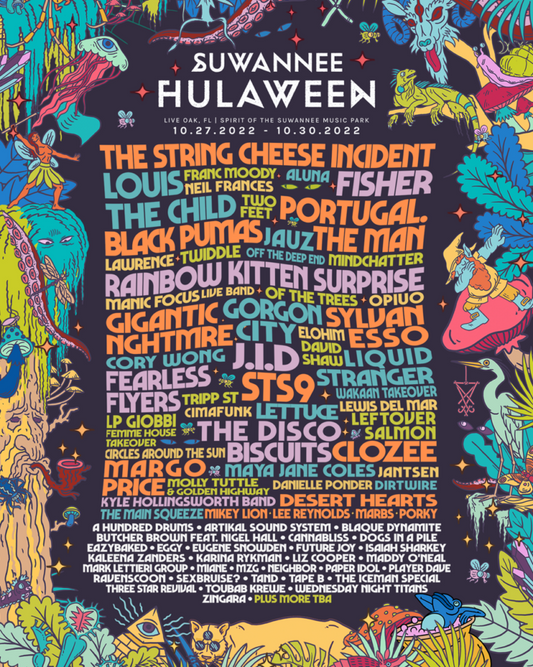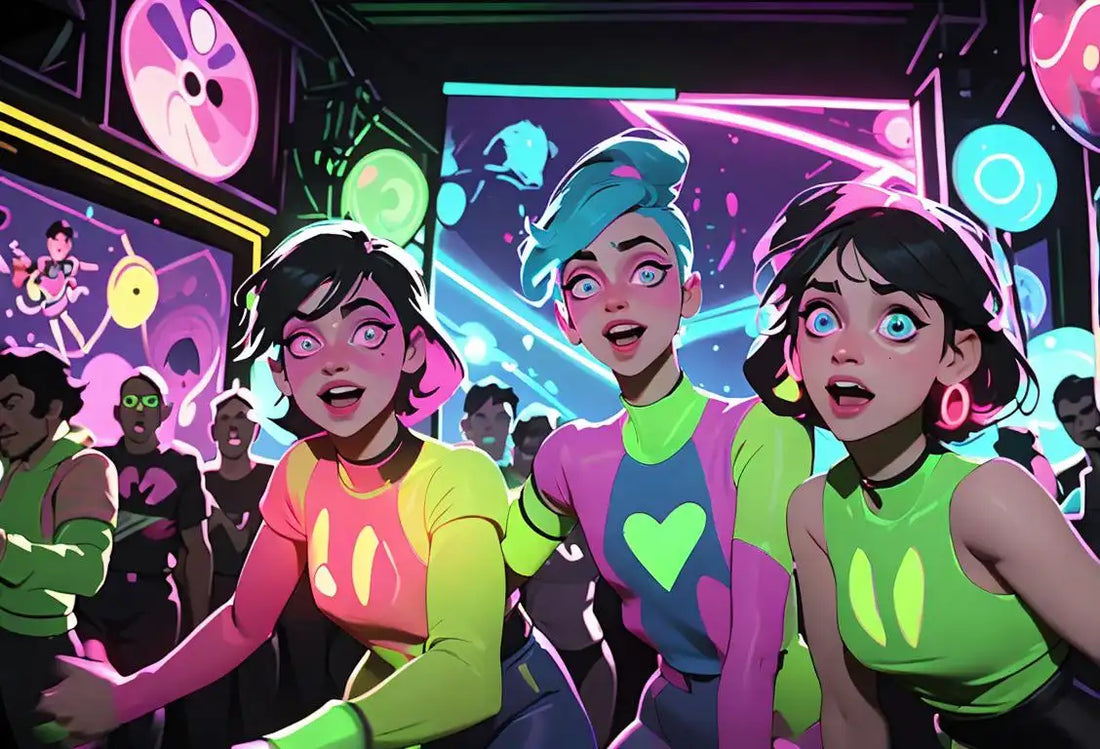
History Behind the Term Rave: Rave Through the Ages
Share
History behind the term Rave
1980s -Birth of the Rave Culture
The term rave originated in the 1980s in the United Kingdom during the rise of the electronic dance music (EDM) movement. Raves were underground parties where people gathered to celebrate a blend of electronic music genres like house, techno, and acid house. These events were often held in warehouses, abandoned buildings, or open fields and were characterized by their energetic and vibrant atmosphere.
1980s - Birth of the Underground Rave Scene
During the 1980s, a new phenomenon was emerging in the music world that would come to be known as the rave scene. It originated in the underground clubs and warehouse parties of the United Kingdom, particularly in cities like London and Manchester. Characterized by electronic dance music (EDM) and a sense of ecstatic celebration, raves quickly gained popularity and attracted a diverse crowd of partygoers.
1988 -Second Summer of Love
The summer of 1988, also known as the Second Summer of Love, was a pivotal moment for the rave culture. It marked a significant surge in popularity and exposure of raving across the UK. The open-air raves became massive gatherings, attracting thousands of young people. This period symbolized the hedonistic spirit and unity that defined the rave culture. It also saw the widespread use of MDMA, also known as ecstasy, which became closely associated with raves.
Late 1980s - Early 1990s -
Acid House and the Birth of Rave Culture
One of the influential genres of music that fueled the early rave scene was acid house. Acid house, with its distinctive repetitive beats and synthesized sounds, became the soundtrack of rave parties. This genre, along with the rise of ecstasy (MDMA) as a popular party drug, formed the foundation for the birth of rave culture. Raves became synonymous with all-night dancing, flashing lights, and a strong sense of community.
1990s -Global Expansion
During the 1990s, the rave culture rapidly expanded worldwide. The United States, Europe, and other parts of the world saw the emergence of rave scenes, each with its own distinct characteristics and subgenres of electronic music. Raves became a symbol of counter-culture and a way for young people to escape from societal norms and express themselves freely through music and dancing.
1990s - Global Spread and Commercialization
In the 1990s, the rave scene spread beyond the borders of the UK and became a global cultural phenomenon. Raves began to appear in countries all around the world, from the United States to Germany, Australia to Japan. The scene became more commercialized, with larger events and festivals organized to accommodate the increasing demand. The rise of electronic music festivals, such as Germanys Love Parade and the United Kingdoms Creamfields, further cemented the popularity of raves.
2000s - Mainstream Integration and Subgenres
In the 2000s, the influence of rave culture began to seep into mainstream music and popular culture. Electronic dance music gained widespread acceptance, and DJs like Daft Punk and The Chemical Brothers achieved mainstream success. Subgenres within the rave scene also started to emerge, such as trance, techno, drum and bass, and dubstep, each with its distinct sound and dedicated fan base.
1990s - Rave Fashion and Visuals
Rave culture also gave birth to distinctive fashion trends. Ravers often wore colorful, baggy clothing adorned with neon, fluorescent, and reflective materials that glowed under UV lights. They experimented with body paint, neon accessories, and eccentric hairstyles. Similarly, the visual aspect of raves played a vital role, with the use of strobe lights, lasers, smoke machines, and visual projections creating a mesmerizing and immersive environment.
Present - Evolution and Integration
The rave culture has continued to evolve and integrate into mainstream music and festivals. While the underground warehouse raves still exist, large-scale electronic music festivals, such as Electric Daisy Carnival and Tomorrowland, attract millions of attendees. The influence of rave culture can also be seen in various music genres, fashion trends, and even in the modern club scene. Raves have left a lasting impact on youth culture, emphasizing freedom, togetherness, and the power of music.
Present - Continued Evolution and Global Impact
Rave culture continues to evolve and thrive in the present day. Raves and electronic music festivals draw massive crowds worldwide, with events like Tomorrowland in Belgium and Ultra Music Festival in Miami attracting hundreds of thousands of attendees. The advent of technology has made it easier than ever to produce and share electronic music, enabling bedroom producers and DJs to reach a global audience. Rave cultures impact on fashion, art, and youth culture remains significant, making it an enduring and influential movement that continues to shape the world of music and entertainment.
Rave on, baby.


